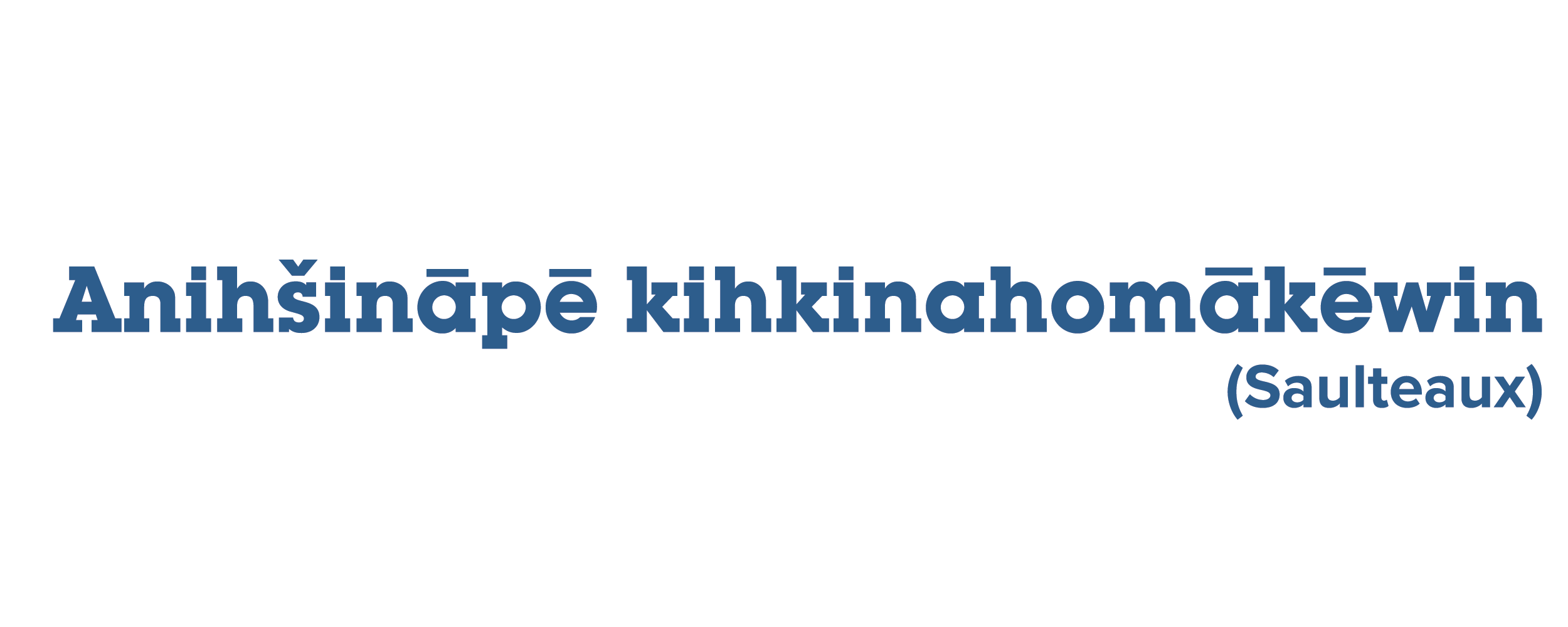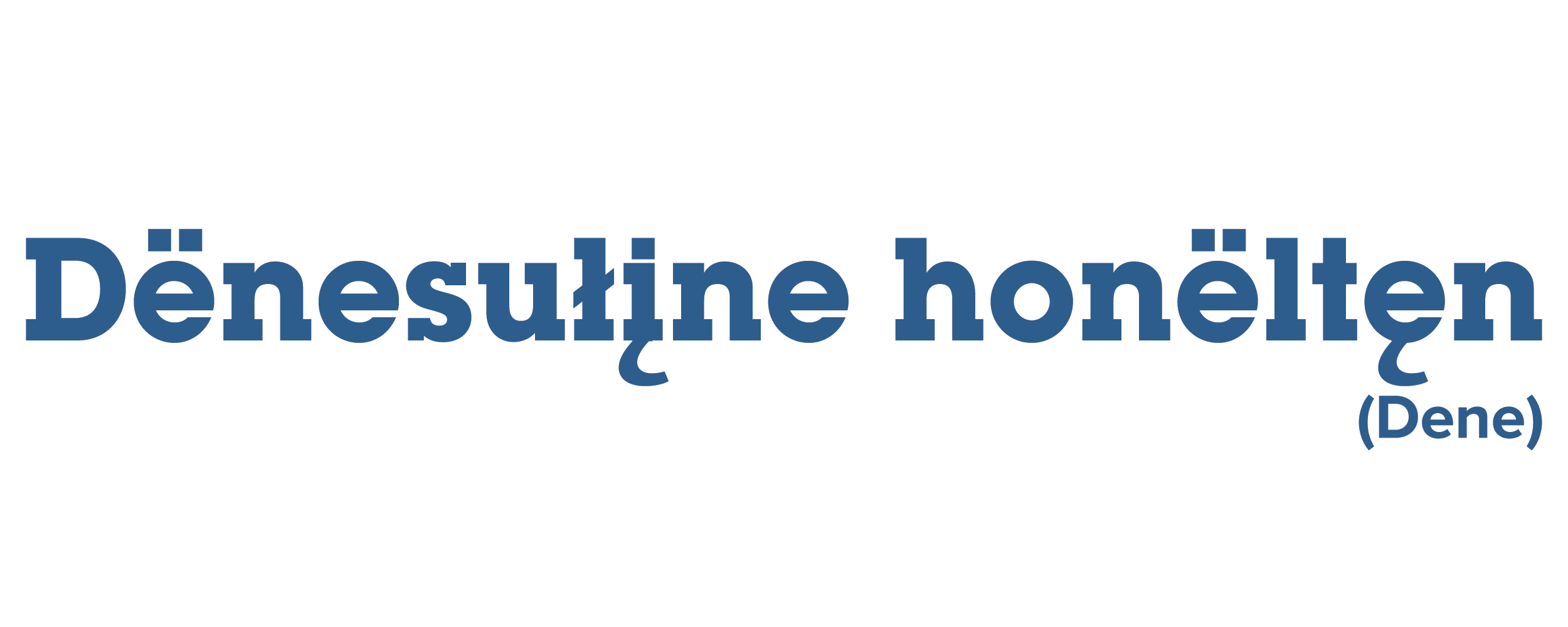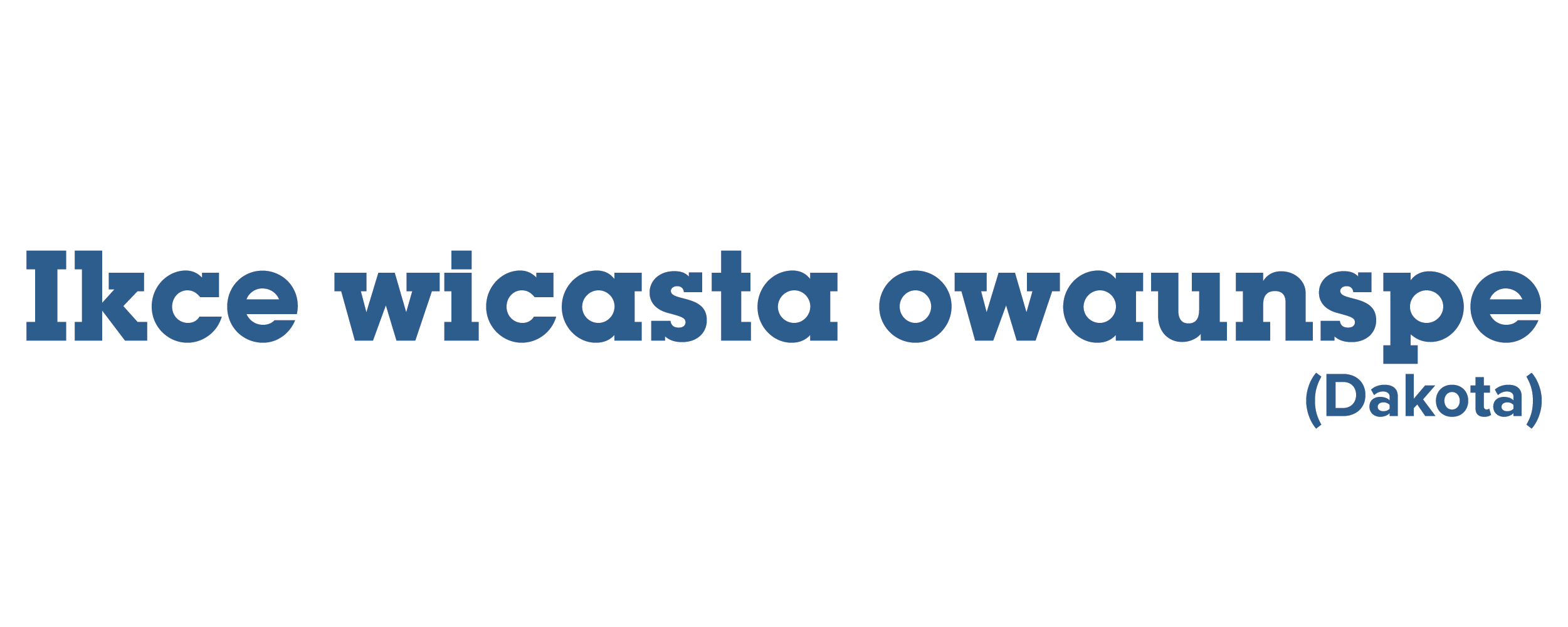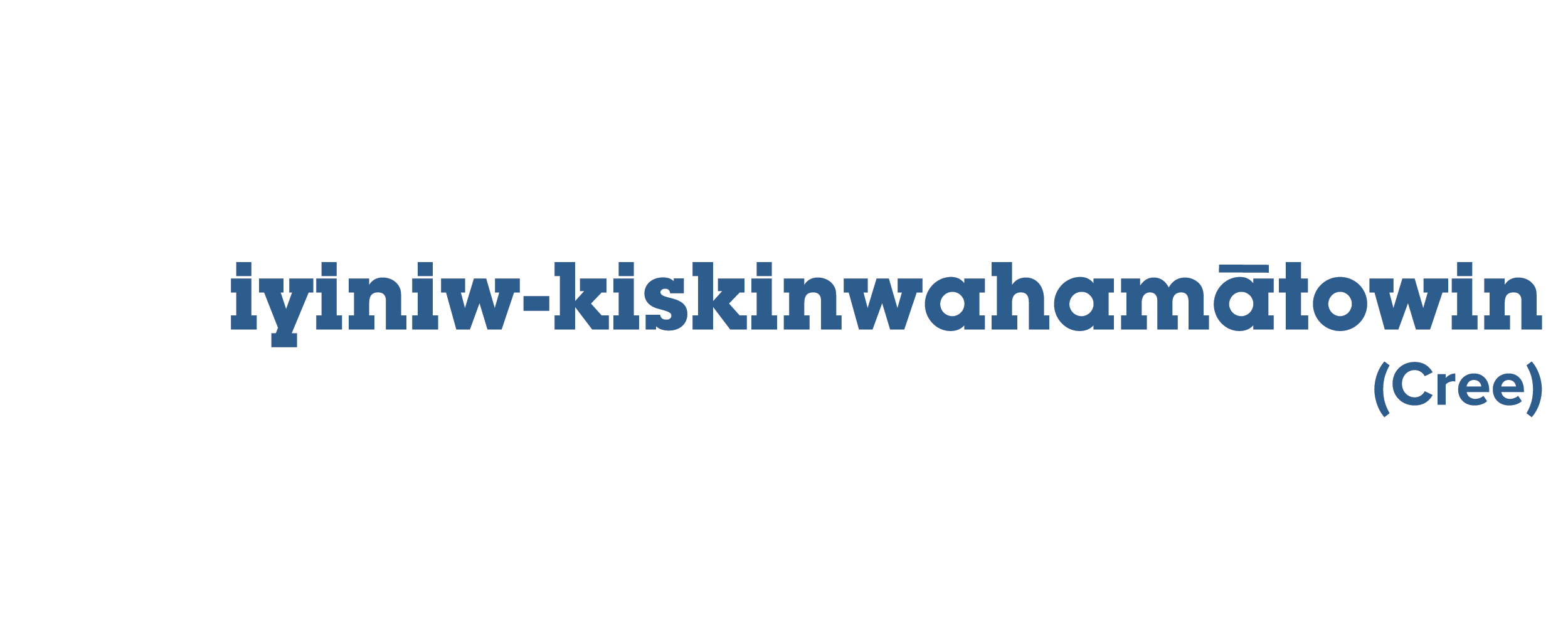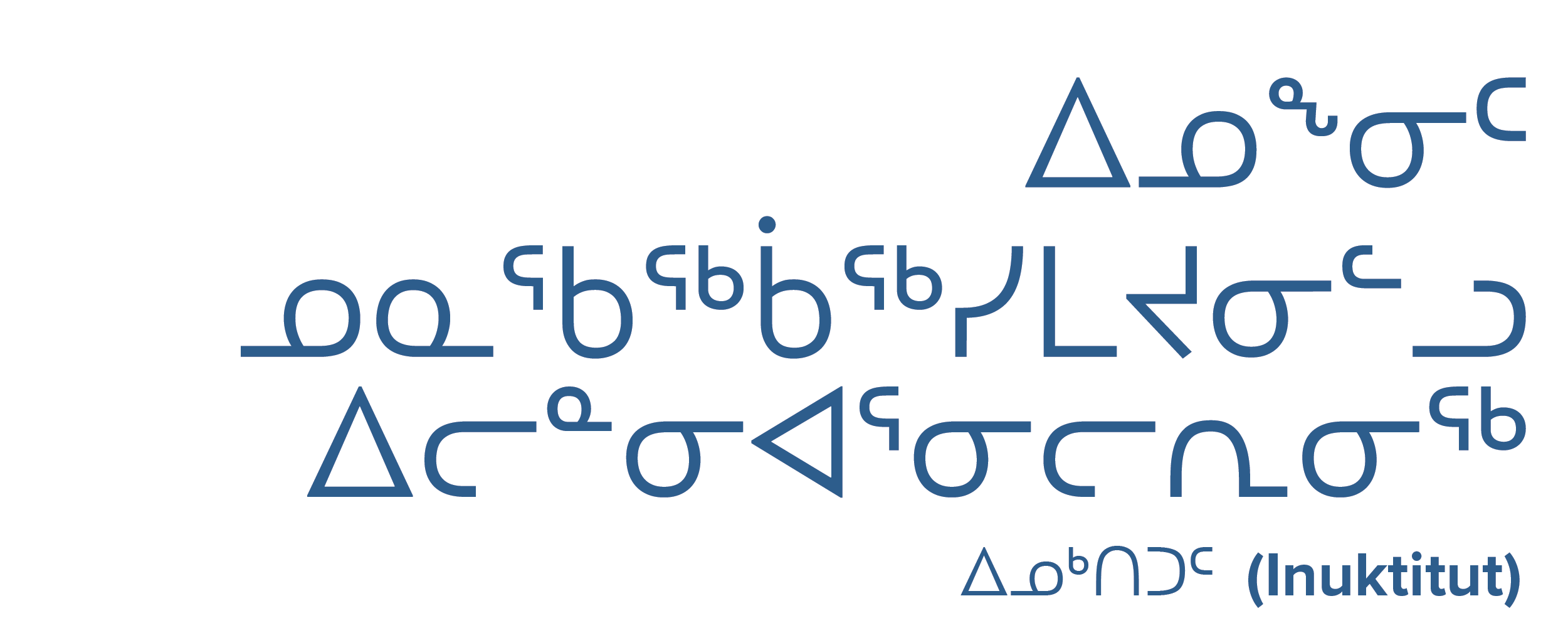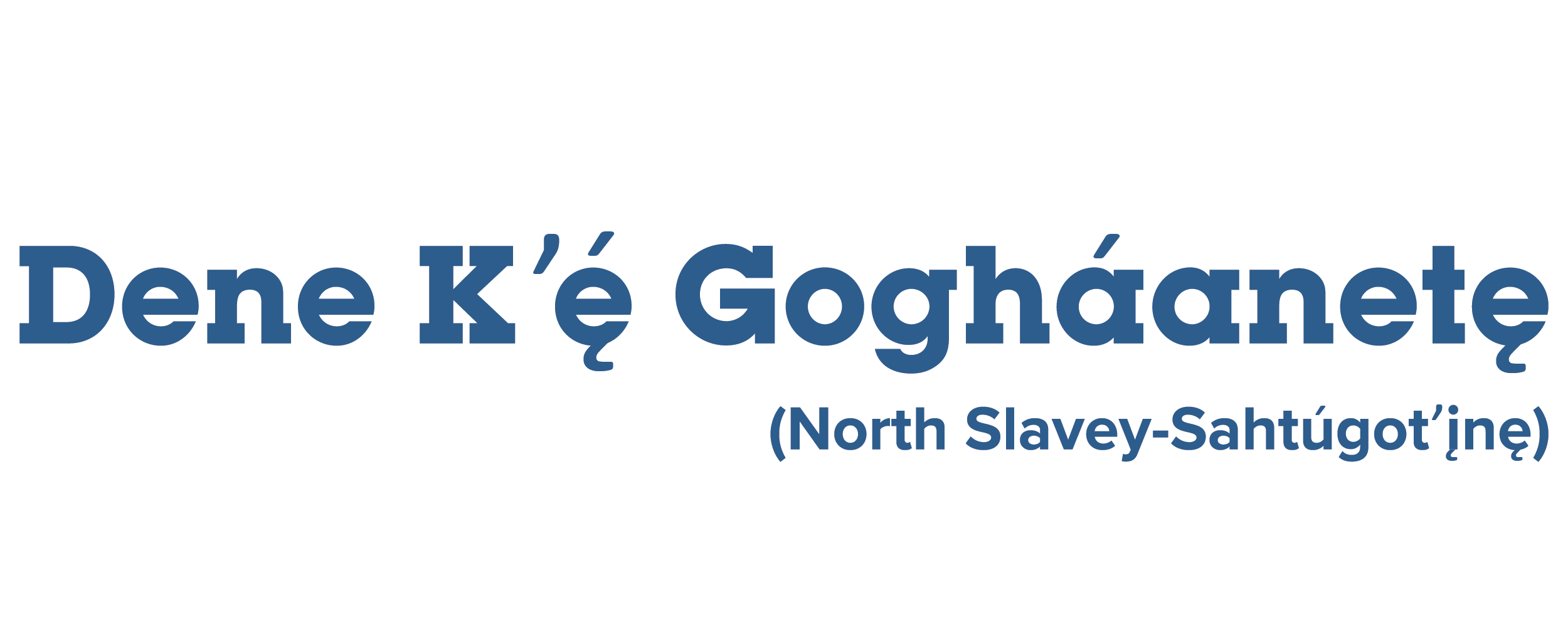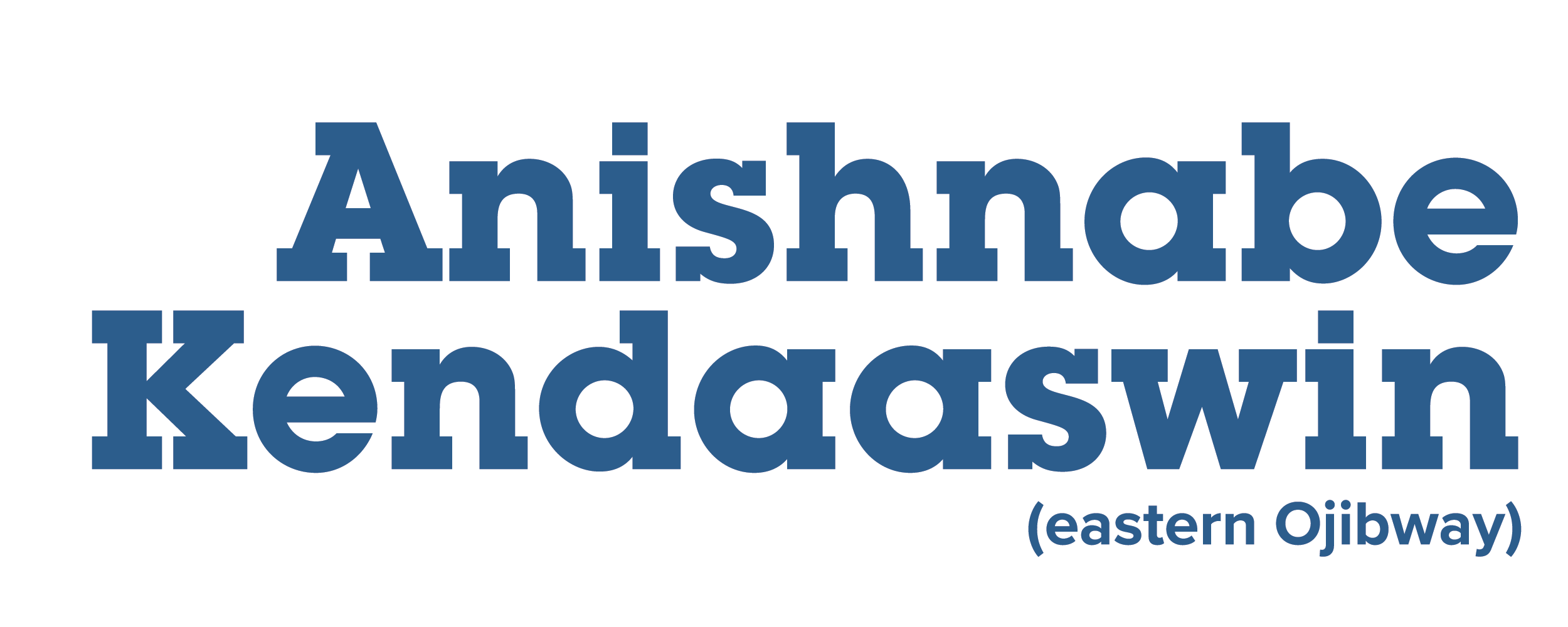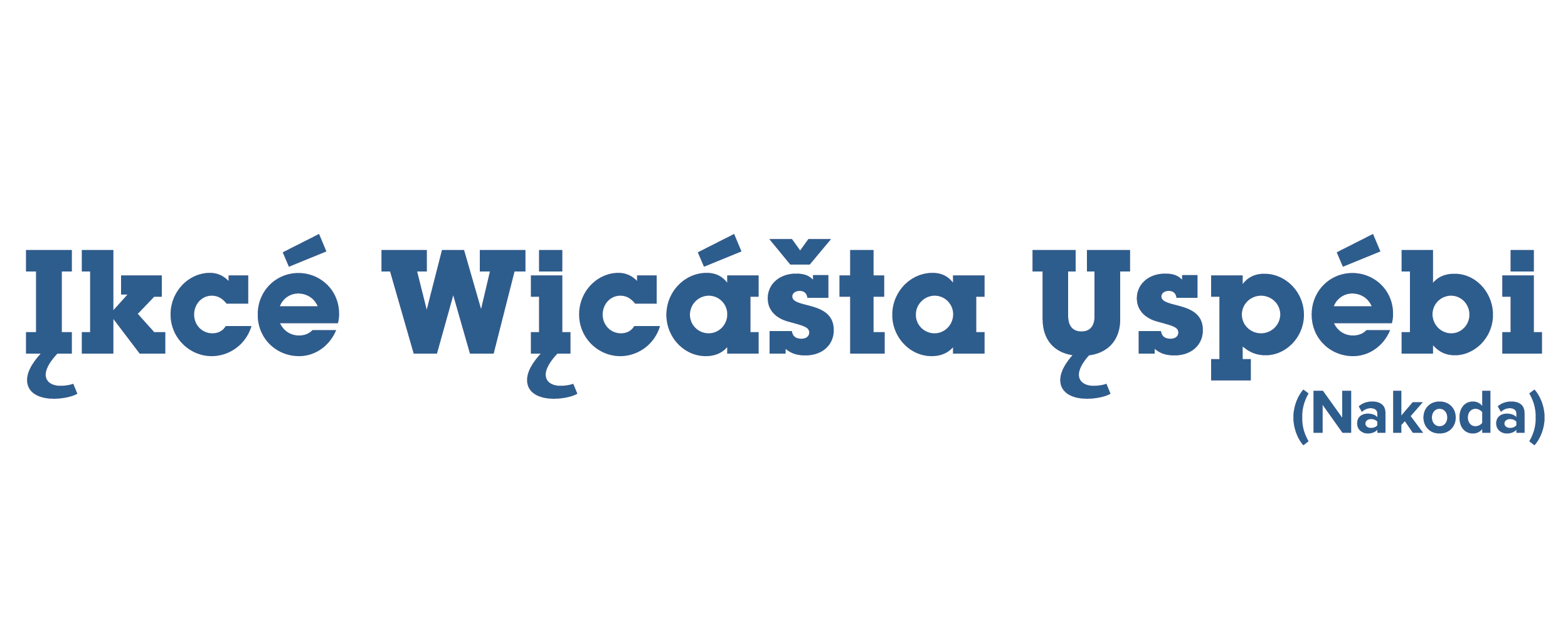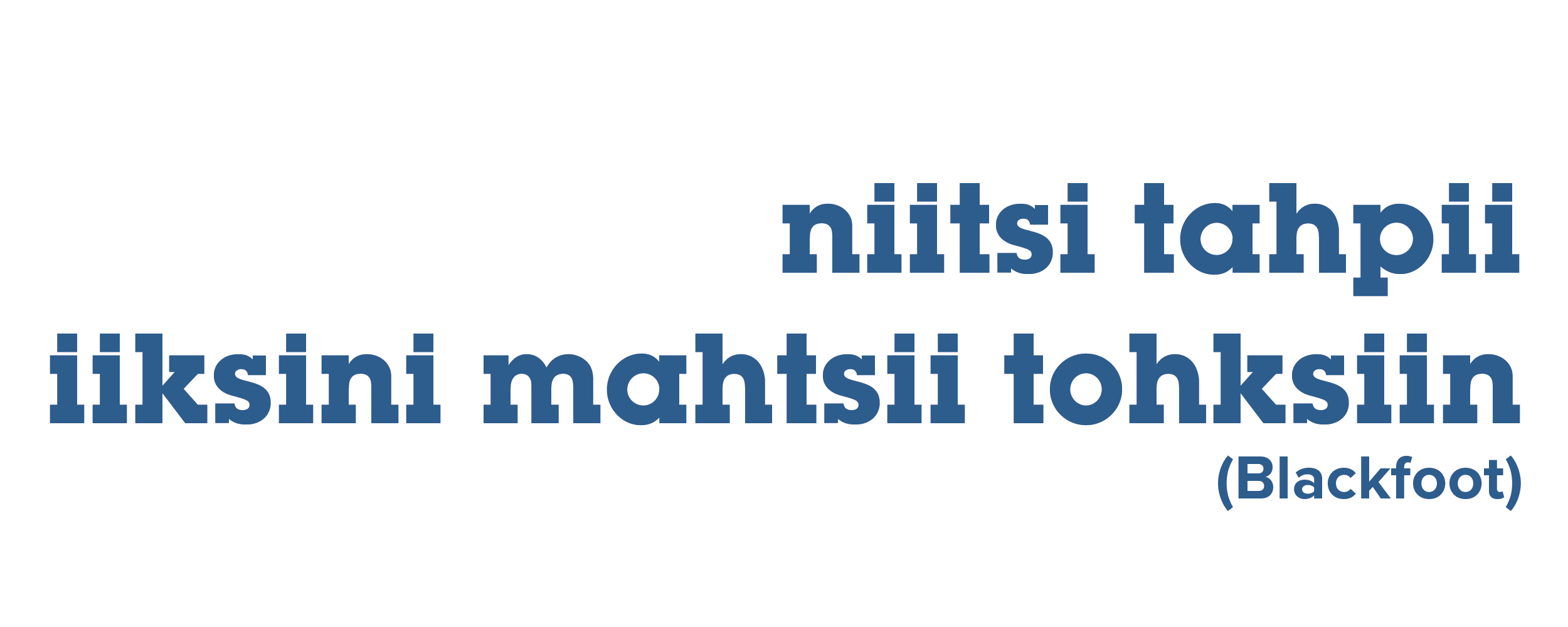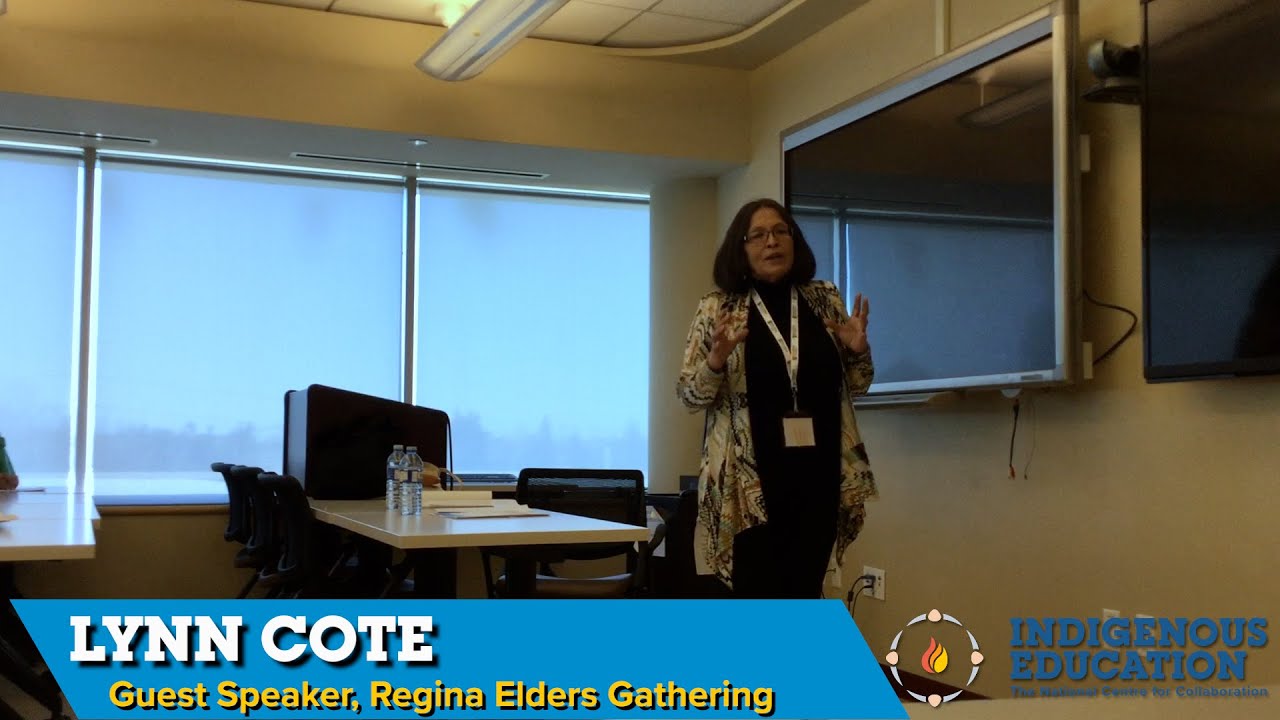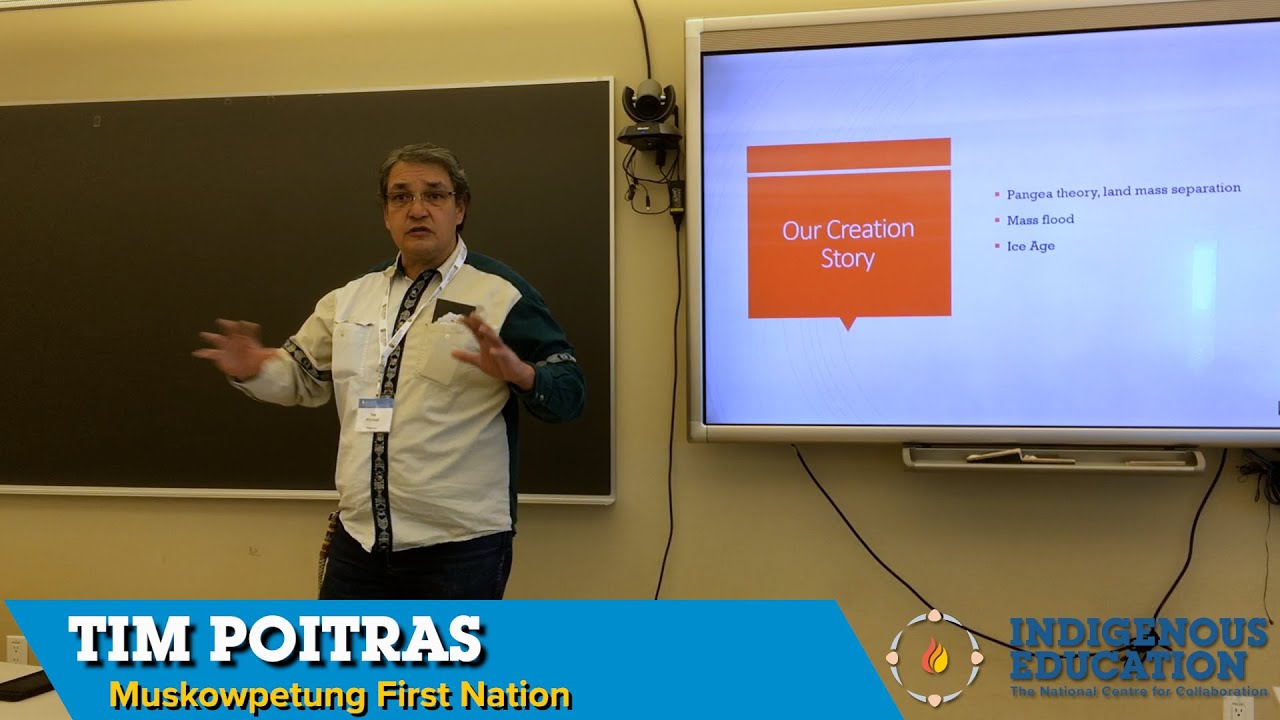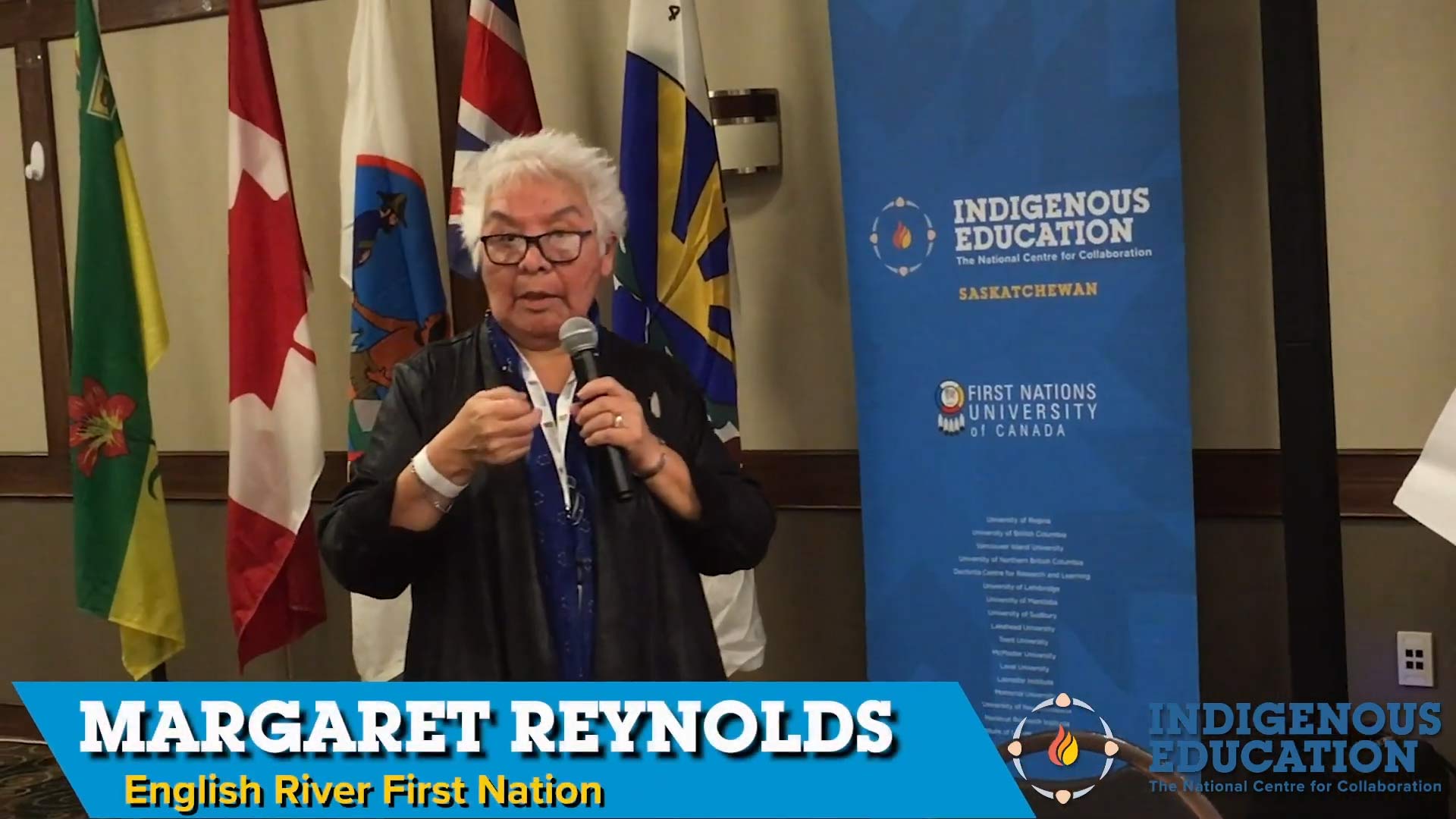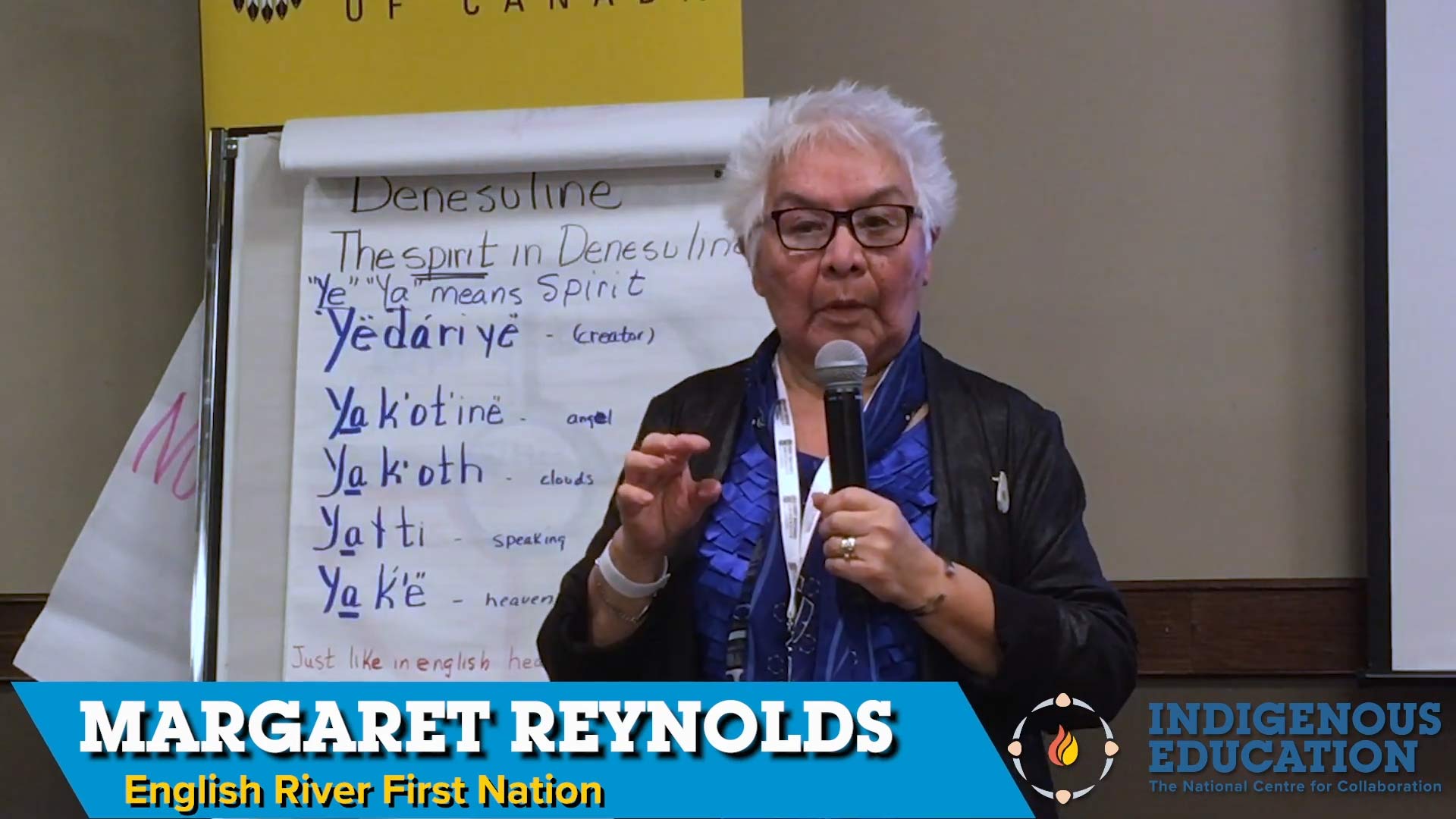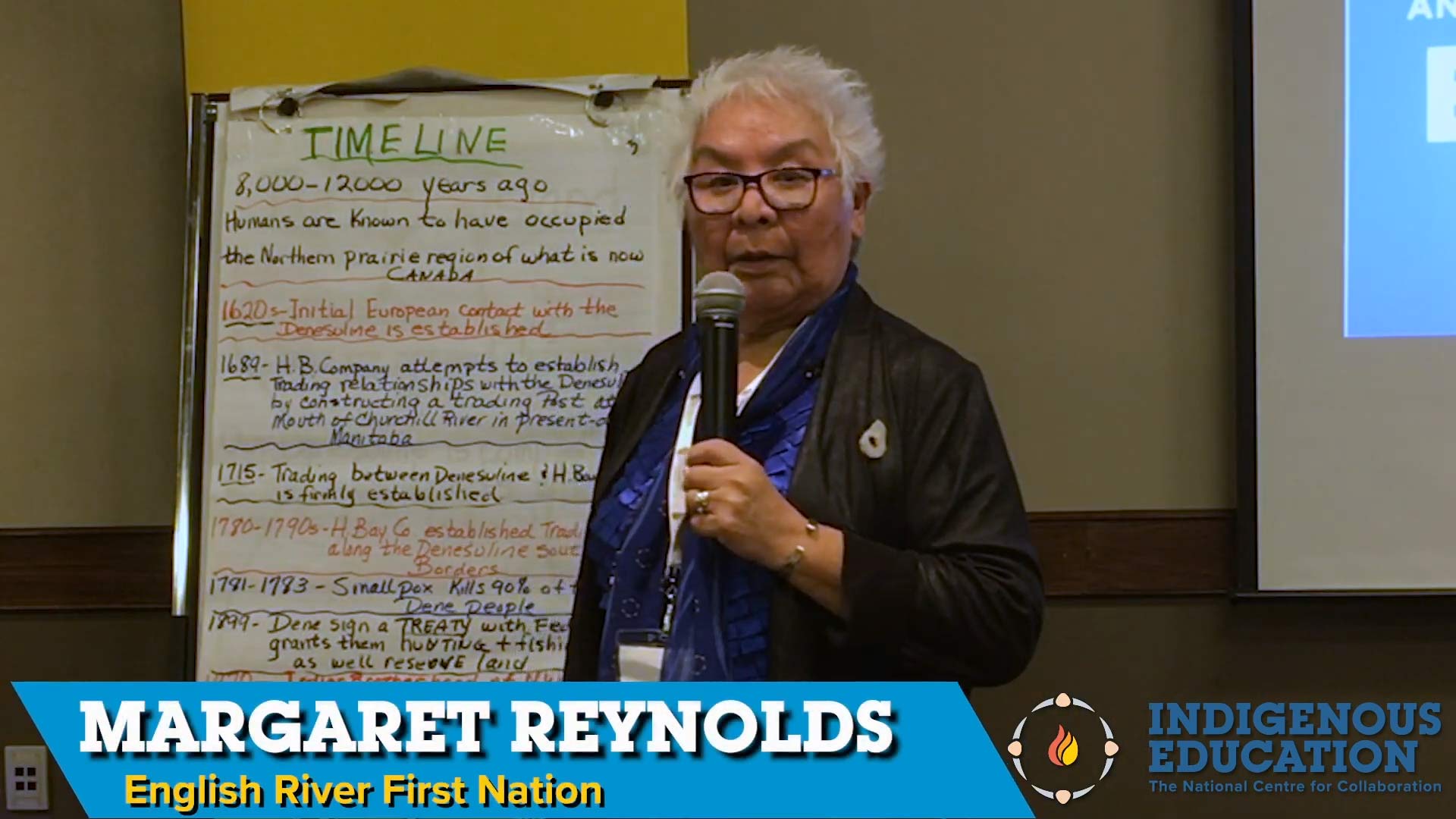Posted on janvier 29, 2021 by Steffany Salloum
The Warrior’s Club is a land-based education group that meets bi-monthly to learn experientially about the land.
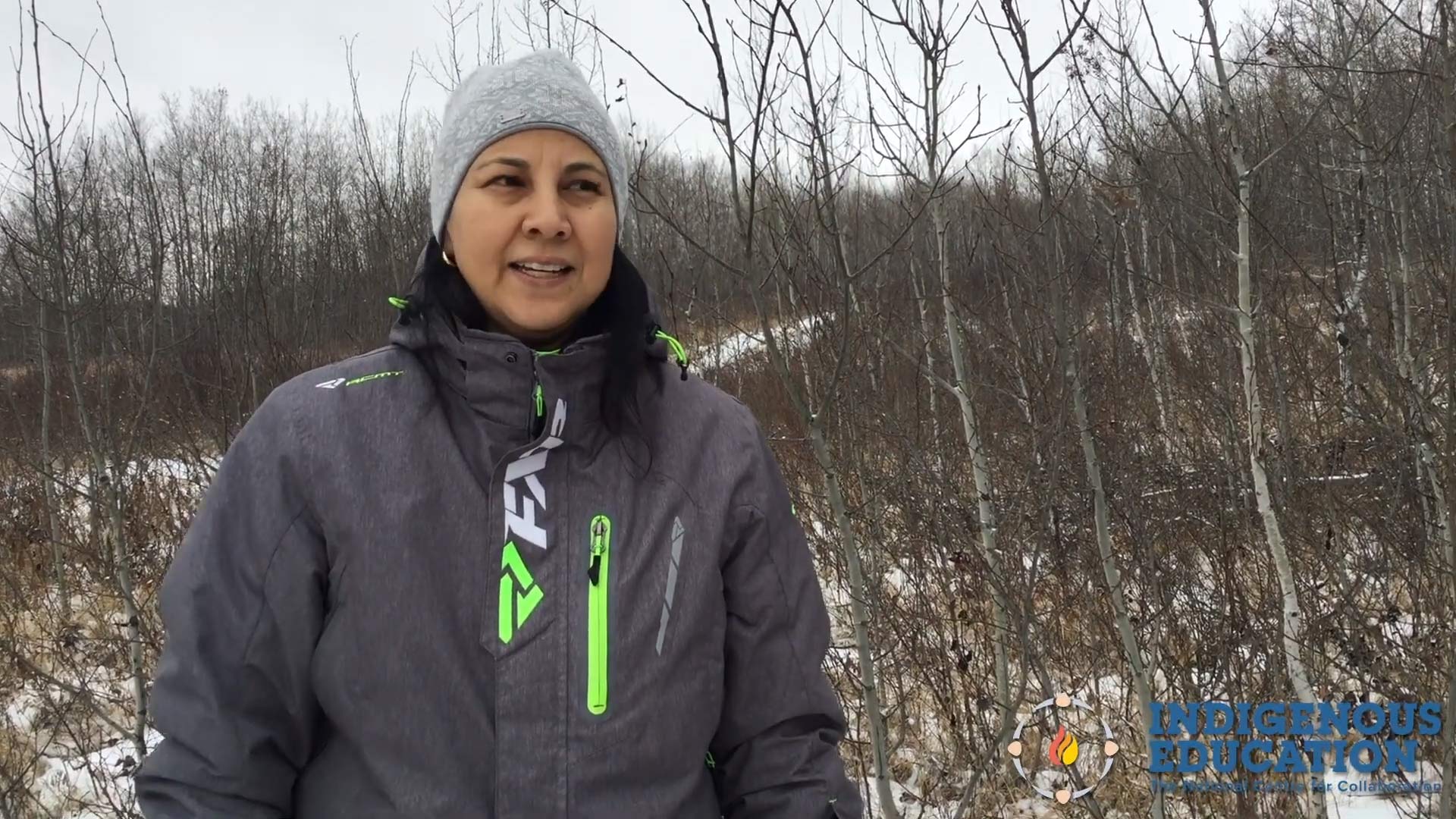
Tanya McCallum, is one of the land-based instructors at Sturgeon Lake Central School who help leads a Warrior’s Club for Indigenous male youth ages 11-15, she along with Lionel McKenzie. The Warrior’s Club educates youth and encourages them to develop a relationship with the land. Between the skills that they develop and the connections they make, the activities they engage in are meant to empower the next generation of men. The Club meets twice a month and engages in the following activities: camping, snaring, harvesting deadfall from the bush and chopping the wood, fire keeping, fishing, ice fishing, kayaking, canoeing, history lessons, and Cree language instruction.
Recently, the boys received chainsaw and axe safety lessons prior to using the equipment. After that, they were able to harvest the deadfall from the bush, chop the wood, and deliver the chopped wood to Elders and families in the community who were struggling financially. The boys are eager to provide this service to their community and the community members value the youth for their efforts.
This program has been made possible since 2017 due to the collaboration between Belinda Daniels and her uncle Velmer Ermine, who write up the grants and reports for and through Jordan’s Principle. This is a community collaboration, a ‘grassroots’ initiative between all who all support the program and the youth involved, and a special gratitude to the numerous guest speakers who enrich this program throughout all of the years.
Posted on by Steffany Salloum
Indigenous scholar, Dr. Blair Stonechild, discusses Indigenous spirituality in his recent publications.
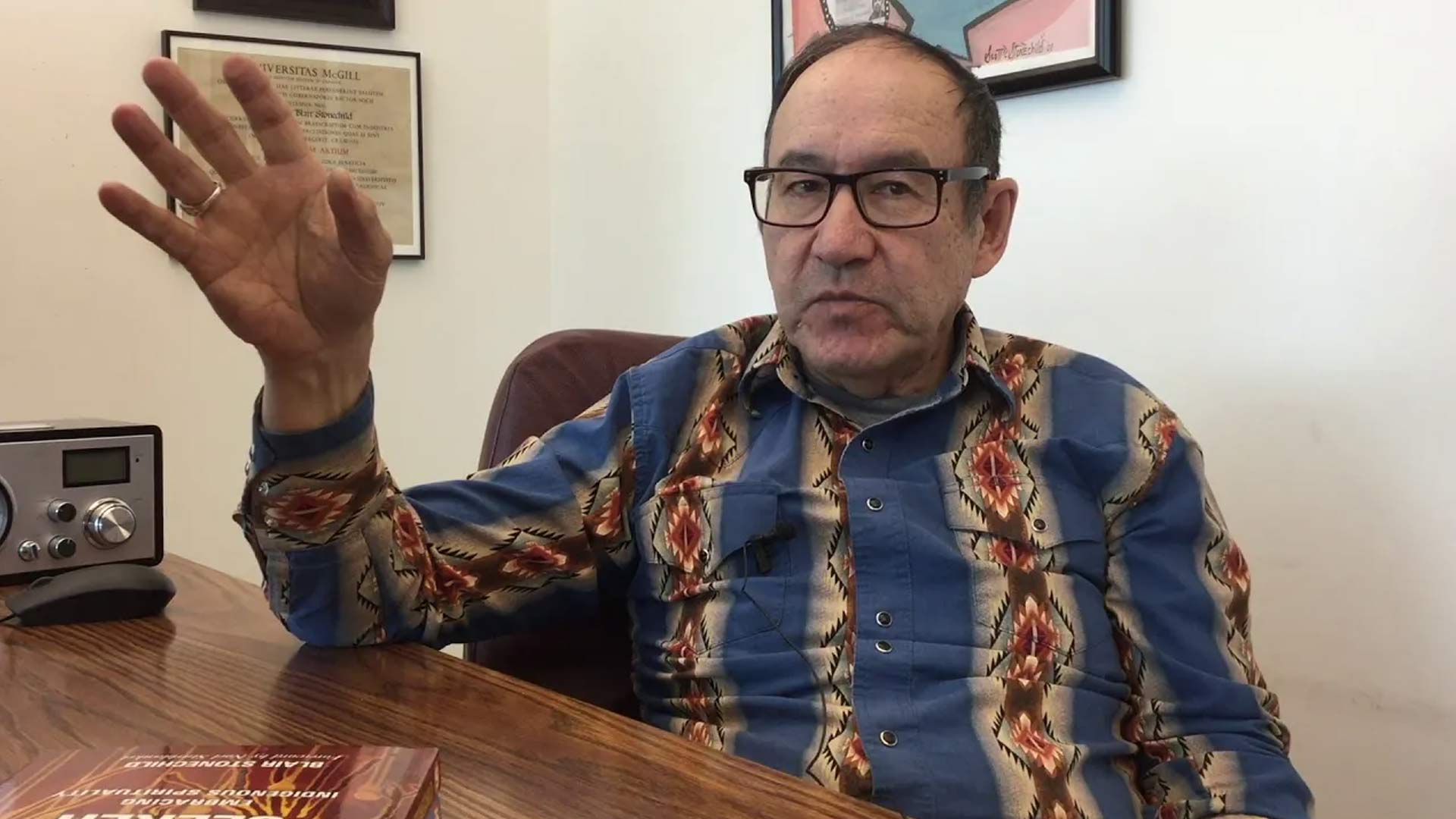
Dr. Blair Stonechild is from Muscowpetung Saulteaux Nation and is a professor of Indigenous Studies at First Nations University of Canada. After years of research and a keen interest in Indigenous spirituality and has written two books: The Knowledge Seeker – Embracing Indigenous Spirituality (2016) and Loss of Indigenous Eden and the Fall of Spirituality (2020). These two books have contributed to exposing how Indigenous spirituality has been systematically stolen from Indigenous peoples and helps to establish some of the principles of understanding Indigenous spirituality. Stonechild explains, “if you ever hope to understand Indigenous spirituality you have to understand that we are spiritual beings on a physical journey.”
Posted on by Steffany Salloum
Cree immersion and culture camps offer participants a culturally responsive education.
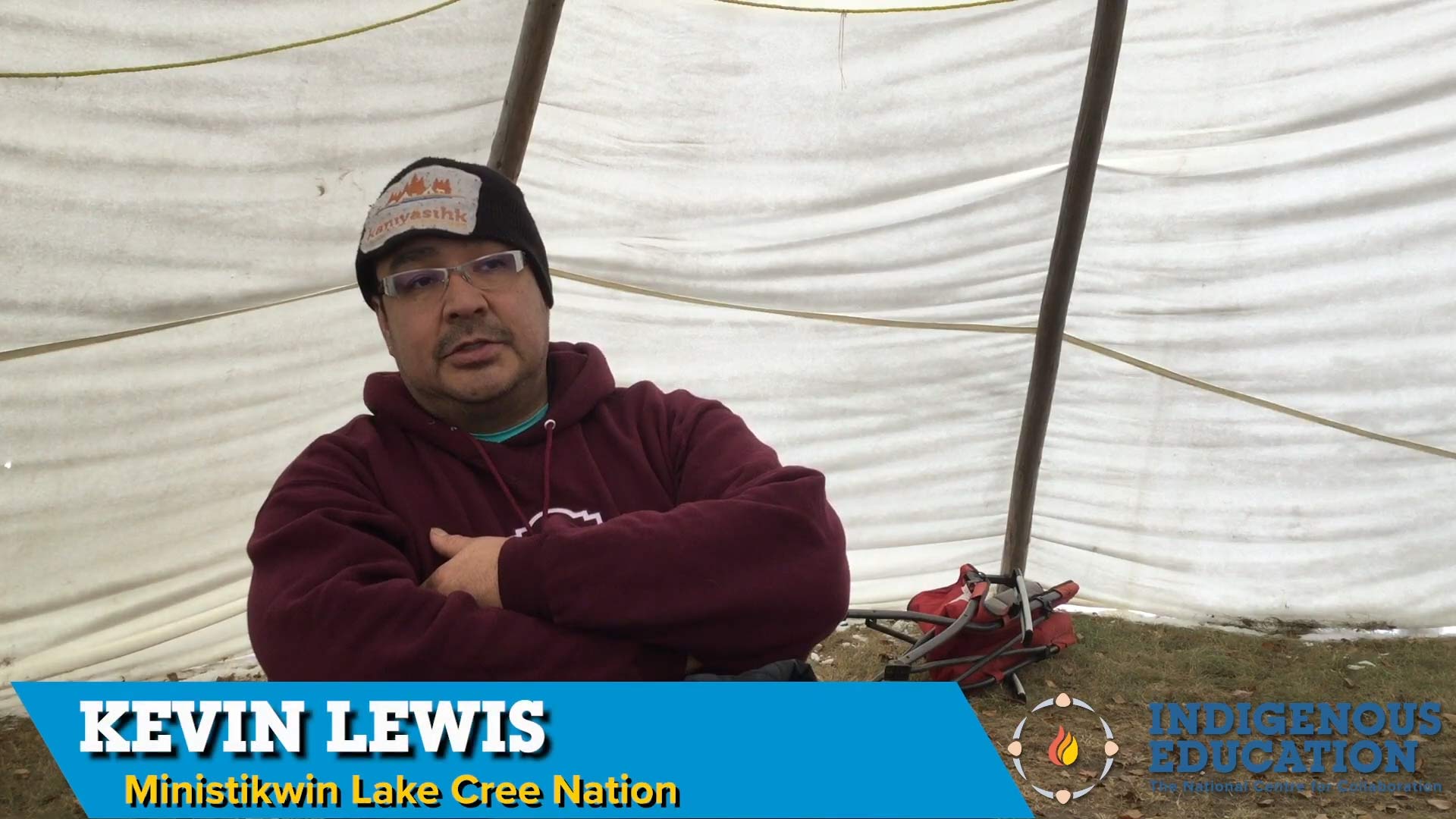
Founder of kâniyâsihk Culture Camps and initiator of the Cree Immersion School at Ministikwin Lake Cree Nation, Kevin Lewis is an Indigenous academic who has brought what he has learned about educating back to his community. Lewis is committed to land-based learning and Cree education and hopes to ensure his programs provide people, young and old, with a culturally responsive education. In order to evaluate these programs, he enlisted a colleague as an external reviewer who has experience establishing Maori schools and language centres in New Zealand. By evaluating both the school and the culture camps Lewis is learning about what students and parents are feeling, wanting, and thinking about these programs, which has informed how the program changes and adapts over time. The case study is considered a snapshot of the programs at a particular moment in time, and when the case study is combined with the Structured Assessments Framework for Land-Based Learning at kâniyâsihk Culture Camps, it becomes a model for evaluating such programs.
Posted on décembre 4, 2020 by Annie Pilote
The description of the Story. This content will accompany the Title on the website. La communauté de l’Université McGill à Montréal présente une longue histoire en termes de collaboration avec les nations autochtones, en commençant par la création du McGill Intertribal Council au début des années 1970 qui visait à répondre aux besoins culturels des […]
The description of the Story. This content will accompany the Title on the website. La communauté de l’Université McGill à Montréal présente une longue histoire en termes de collaboration avec les nations autochtones, en commençant par la création du McGill Intertribal Council au début des années 1970 qui visait à répondre aux besoins culturels des étudiants autochtones (Stonechild, 2006; Dufour, 2017). Celui-ci mena rapidement à la fondation du Native North American Studies Institue (NNASI) en collaboration avec l’Association des Indiens du Québec (AIQ). Celui-ci joua un rôle important dans l’inauguration du Manitou Community College à La Macaza, l’un des premiers établissements postsecondaires par et pour les nations autochtones au Canada. L’Université McGill fut également la première institution du Québec à instaurer un programme de formation des maîtres-assistants autochtones au cours de la même période (ibid.). Depuis 1997, la First Peoples’ House offre des services d’accueil et de soutien culturellement adaptés aux étudiants autochtones de l’Université. Ce service qui a initialement été financé par le ministère de l’Éducation et des Études supérieures et certaines donations privées est maintenant principalement pris en charge par les Services aux étudiants de l’Institution. Souvent décrit comme un ‘home away from home’, cet espace consacré joue les rôles de lieu de rassemblement communautaire, de ressourcement, de référencement, de support, de tutorat, de mentorat et d’orientation scolaire et même de résidence pour plusieurs étudiants. Des activités récurrentes et ponctuelles -telles les dîners communautaires de soupe et bannique du mercredi midi- et des événements annuels sont organisées. À l’été, la FPH, en collaboration avec la faculté de Médecine de la même université, organise le Eagle Spirit Camp, un camp de trois jours à l’intention de potentiels futurs étudiants âgés de 13 et 17 ans, dans le but de les encourager à réaliser leur plein potentiel éducatif et personnel. D’autres événements sont organisés en collaboration avec d’autres groupes tels le Indigenous Student Alliance (ISA), groupe d’intérêt étudiant formé d’étudiants autochtones et allochtones et le Social Equity and Diversity Education’s Office (SEDE) dont l’Indigenous Awareness Week qui culmine depuis 2001 par la tenue d’un Pow wow sur le campus à la session d’automne. Le Indigenous Educational Series, qui se déroule pour sa part à la session d’hiver, a ainsi pour objectif de sensibiliser la population étudiante aux réalités autochtones du Canada. Depuis 2005, le Indigenous Affairs Work Group a été mis sur pied par le doyen des affaires étudiantes (Dean of students) dans le but d’améliorer l’offre de service pour les étudiants autochtones. L’Université McGill est notamment très active au niveau de la prise de contact et du recrutement auprès des communautés à travers le Canada et présente une politique d’admission propres aux aspirants autochtones auto-identifiés. Ceux-ci sont appelés à fournir une lettre de motivation, une lettre de recommandation en plus d’un curriculum vitae en plus de leur formulaire afin de permettre une évaluation adaptée par le comité d’admission. Un soutien personnalisé peut également être offert au cours de la demande d’admission. Un programme de mineure en études autochtones (Indigenous Studies) a été créé en 2014. En réponse aux appels à l’action de la Commission de vérité et de réconciliation du Canada, le vice-principal exécutif et vice-principal aux études de McGill a créé un Groupe de travail sur les études et l’éducation autochtones en 2016 dans le but de formuler une nouvelle orientation stratégique pouvant bonifier ses initiatives en la matière. RÉFÉRENCES CBC News. (2017, 20 septembre). 2017 edition of Turtle Island Reads celebrates the best in Indigenous Canadian writing. Consulté à l’adresse http://www.cbc.ca/news/canada/montreal/turtle-island-reads-2017-cbc-indigenous-authors-1.4298777 Curtis, C. (2016, 23 septembre). McGill to take « leadership role » in recruiting aboriginal students. Consulté à l’adresse http://montrealgazette.com/news/mcgill-to-take-leadership-role-in-recruiting-aboriginal-students Dufour, E. (2017). Du Collège Manitou de La Macaza à l’Institution Kiuna d’Odanak: la genèse des établissements postsecondaires par et pour les Premières Nations au Québec. Revue d’histoire de l’Amérique française, 70(4), 5 33. Fennario, T. (2016). McGill University offers gesture of reconciliation with Indigenous people. Montréal. Consulté à l’adresse http://aptnnews.ca/2016/09/23/mcgill-university-offers-gesture-of-reconciliation-with-indigenous-people/ McGill University. (2017). Eagle Spirit High Performance Camp. Consulté à l’adresse https://www.mcgill.ca/fph/prospective-students/eaglespiritcamp McGill University. (2013). Pow wow at McGill. Montréal. Consulté à l’adresse https://www.youtube.com/watch?v=yXuHoKi-2tU McGill University. (2017a). First Peoples’ House. Consulté à l’adresse https://www.mcgill.ca/fph/ McGill University. (2017b). Indigenous Affairs Work Group. Consulté à l’adresse http://www.mcgill.ca/deanofstudents/aboriginaloutreach McGill University. (2017c). Indigenous Applicants. Consulté à l’adresse https://www.mcgill.ca/applying/requirements/indigenous McGill University. (2017d). Indigenous Awareness Week. Consulté à l’adresse https://www.mcgill.ca/fph/resources/indigenous-education-program/indigenous-awareness-week McGill University. (2017e). Indigenous Educational Series. Consulté à l’adresse https://www.mcgill.ca/fph/resources/indigenous-education-program/indigenous-educational-series McGill University. (2017f). Indigenous Studies Program. Consulté à l’adresse https://www.mcgill.ca/indigenous/home McGill University. (2018). Indigenous Success. Consulté à l’adresse https://www.mcgill.ca/provost/indigenous-success Stonechild, B. (2006). The Struggle for Aboriginal Post-Secondary Education in Canada. Winnipeg: University of Manitoba Press.
Posted on novembre 22, 2020 by Alina Perrault
Elements of Art – Textures in Our Environment explores the connection between art and life. It links Indigenous values, such as our connection to water and our protection of Mother Earth, to artistic representations. In this lesson, Sara Leah Hindy, a Mi’kmaw teacher, introduces the significance of place and explores textures in one of her […]
Elements of Art – Textures in Our Environment explores the connection between art and life. It links Indigenous values, such as our connection to water and our protection of Mother Earth, to artistic representations. In this lesson, Sara Leah Hindy, a Mi’kmaw teacher, introduces the significance of place and explores textures in one of her favourite places, the beach. Using a rock collected on the beach, Marcus Gosse, a Mi’kmaw artist, then guides students on an artistic journey that weaves together a story of people and place through petroglyph-inspired rock art. Following the lesson, students are encouraged to explore their own special places and create a story that they would like to share through an art piece, uniquely theirs.
The complete lesson, Elements of Art – Textures in Our Environment, can be found in NCCIE’s Teaching Resource Centre at https://www.nccie.ca.

